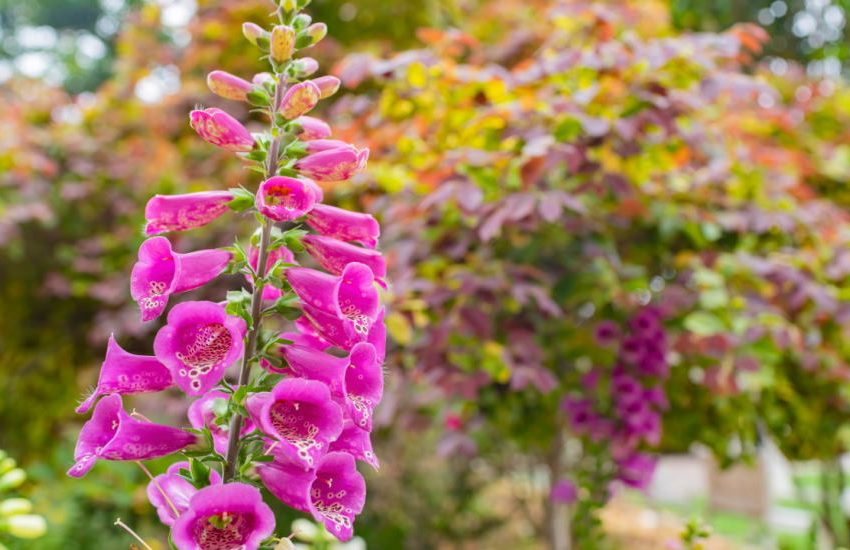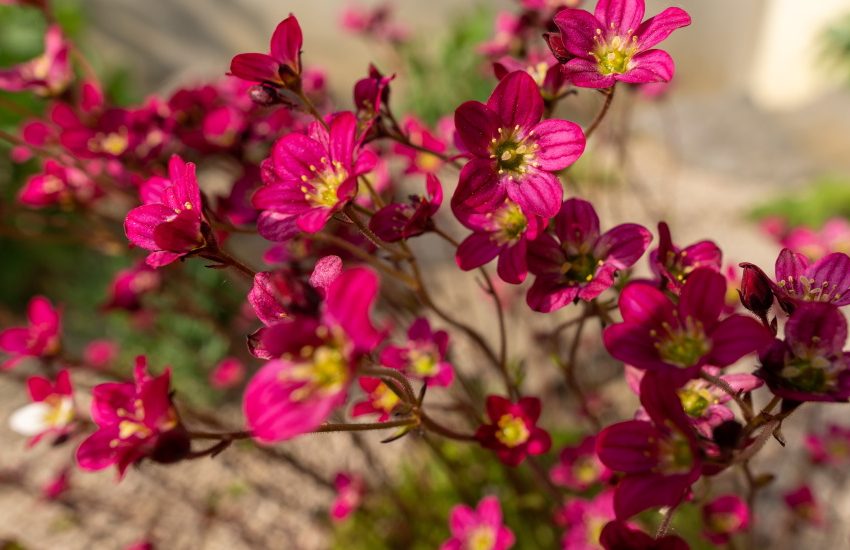How Much Sun Do Peonies Need: A Comprehensive Guide
Peonies are a popular choice for gardeners who want to add color and beauty to their outdoor spaces. These stunning flowers come in a variety of colors and can bloom for several weeks in the late spring and early summer. However, to ensure that peonies grow and bloom to their full potential, it’s important to understand how much sun they need.

Peonies are known for their love of sunlight, but too much of it can be harmful. While they require a minimum of six hours of direct sunlight per day, excessive exposure can lead to burnt leaves and stunted growth. Therefore, it’s important to find the right balance of sun and shade to ensure that peonies grow and bloom healthily.
In this article, we will explore how much sun peonies need to grow and bloom successfully. We will also discuss the different types of peonies and their individual sun requirements, as well as tips for providing the right amount of sunlight for your peony plants. By the end of this article, readers will have a better understanding of how to care for their peonies and enjoy their beautiful blooms.
Understanding Peony Sun Requirements

Peonies are a beautiful addition to any garden, but they have specific sun requirements that must be met to thrive. Understanding these requirements is crucial to growing healthy and vibrant peonies.
Ideal Sunlight Conditions for Peonies
Peonies require full sun to partial shade to grow and bloom. They need at least six hours of direct sunlight each day, but they can also tolerate light shade. In areas with hot afternoon sun, it is best to provide afternoon shade to protect the flowers from wilting.
Herbaceous peonies, the most common type of peony, prefer full sun to partial shade. On the other hand, tree peonies require more shade and should be planted in an area with dappled sunlight or morning sun.
Effects of Sun Exposure on Peony Health
Peonies that receive too much sun can suffer from heat stress, which can cause the leaves to wilt and the flowers to fade quickly. On the other hand, peonies that do not receive enough sun may not bloom at all or produce weak blooms.
It is important to note that the amount of sun exposure a peony receives can also affect its growth and overall health. Too much sun can cause stunted growth and reduce the number of flowers produced. In contrast, too little sun can cause the plant to become leggy and weak.
In conclusion, understanding the sun requirements of peonies is essential to growing healthy and beautiful plants. By providing the right amount of sunlight, gardeners can ensure that their peonies thrive and produce stunning blooms year after year.
Cultivating Healthy Peonies

Peonies are a beautiful addition to any garden, but they require specific care to thrive. Here are some tips for cultivating healthy peonies.
Soil and Water Considerations
Peonies prefer well-drained soil that is rich in nutrients. It’s important to avoid planting them in areas with poor drainage, as this can lead to root rot. Adding compost and bone meal to the soil can help provide the necessary nutrients for healthy growth.
Watering peonies is also important, especially during dry spells. They require about an inch of water per week, either from rainfall or irrigation. However, overwatering can lead to root rot, so it’s important to strike a balance.
Peony Varieties and Their Specific Needs
There are two main types of peonies: herbaceous and tree. Herbaceous peonies die back to the ground each year, while tree peonies have woody stems that remain year-round.
Different varieties of peonies have different needs. For example, tree peonies require more sun than herbaceous varieties. It’s important to research the specific needs of the variety you have planted to ensure it thrives.
Protecting Peonies from Common Pests and Diseases
Peonies are susceptible to a variety of pests and diseases, including botrytis blight, powdery mildew, and nematodes. To protect against these issues, it’s important to keep the area around the plant clean and free of debris. Mulching can also help retain moisture and prevent weed growth.
In addition, it’s important to avoid over-fertilizing, as this can lead to weak growth that is more susceptible to disease. Instead, use a balanced fertilizer once a year in the spring.
By following these tips, gardeners can cultivate healthy and beautiful peonies that will thrive for years to come.


